Religion and culture originally established customary tenure in Burkina Faso, as has been the case in other African countries. Customary and formal ideologies and legal systems have co-existed since colonisation. Then in 1984, state centred agrarian and tenure reforms were formed and existed side-by-side with customary tenure. Since 1984 collective land rights built on consensus or law, compared to collective rights on the basis of customs, have been prioritised in Burkina Faso. This is due to the fact that customary law was viewed as an obstacle to economic development and to social development. . The institutionalization of a state-defined and sponsored collective tenure regime became a central element of the agrarian and tenure reforms of 1984, although it was somewhat diluted with the reintroduction of private property in the reforms of 1991. A state-directed effort towards a collective tenure regime is suggested to be an essential part of the to promote modernization of agricultural production techniques, access to capital and inputs, and social goals such as justice and social cohesion.
Who are the Indigenous Peoples of Burkina Faso?
Burkina Faso’s population has grown from 8.81 million in 1990 to 20.9 million in 2020 . The population remains concentrated in rural areas, with nearly three out of four people living in the countryside in 2019.
The Peul and the Tuareg are the main Indigenous groups of Burkina Faso, but they are not officially recognized by the state. While Burkina Faso voted in favor of the United Nations Declaration on the Rights of Indigenous Peoples on September 13, 2007, the Constitution of the country does not recognize the existence of Indigenous Peoples.
Burkina Faso has a population of 20.9 million (2020) comprising some 60 different ethnic groups. The Indigenous Peoples include the pastoralist Peul and the Tuareg. There are no reliable statistics on the exact number of pastoralists in Burkina Faso, however they can be found throughout the whole country, particularly concentrated in the northern and eastern regions of Burkina Faso. The Peul pastoralists are gradually becoming more sedentary in some parts of Burkina Faso. There are, however, still many who remain nomadic, following seasonal migrations and travelling hundreds of kilometres into neighbouring countries, particularly Togo, Benin and Ghana.The Indigenous Peoples of these regions have faced a history of marginalisation, both economically and socially, and are often the victims of human rights abuses due to lack of tenure security and lack of information concerning their rights.
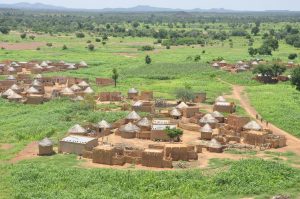
Early history
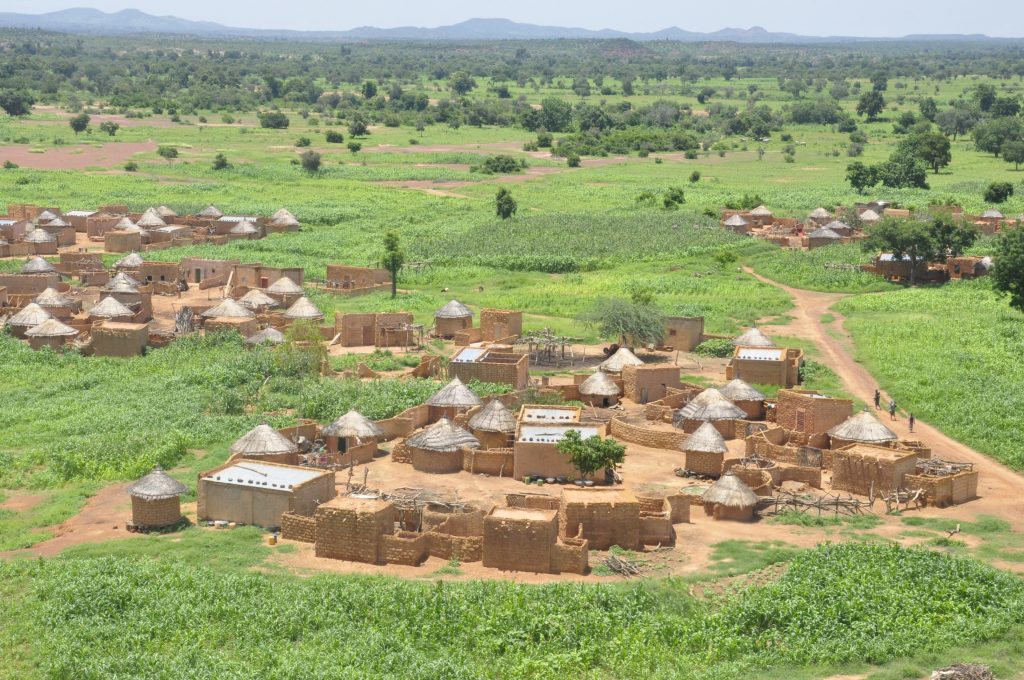
Early history
1200’s – The first people to settle in the region are the Mossi people. They established powerful kingdoms such as the Ouagadougou, Tenkodogo, and Yatenga.
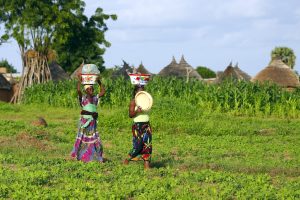
Early 20th century
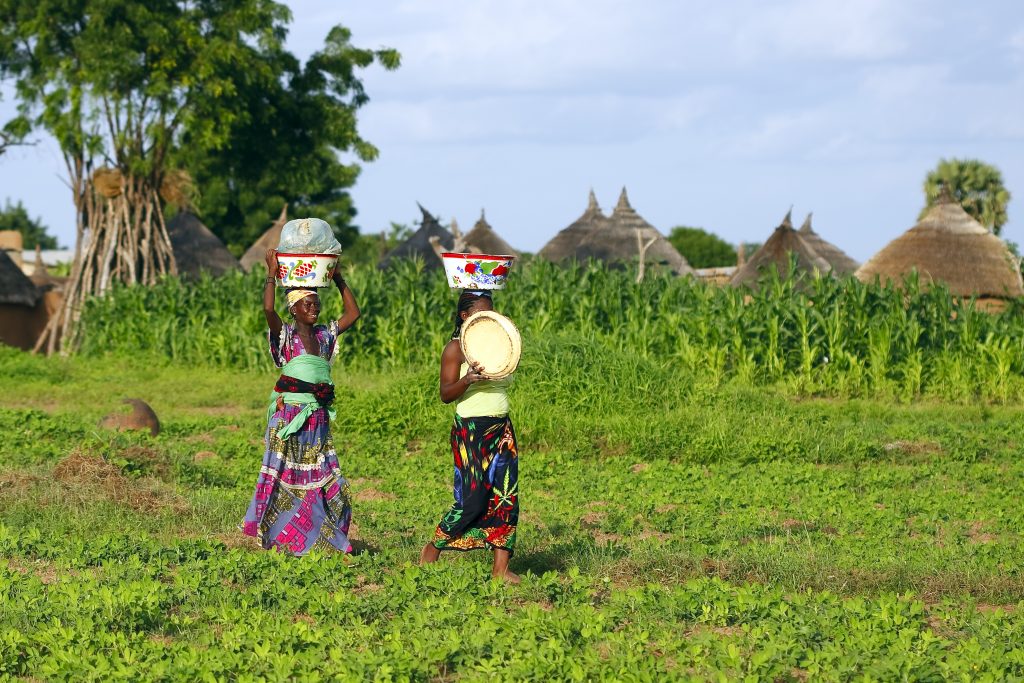
Early 20th century
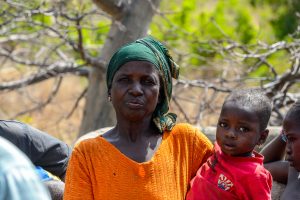
21st Century
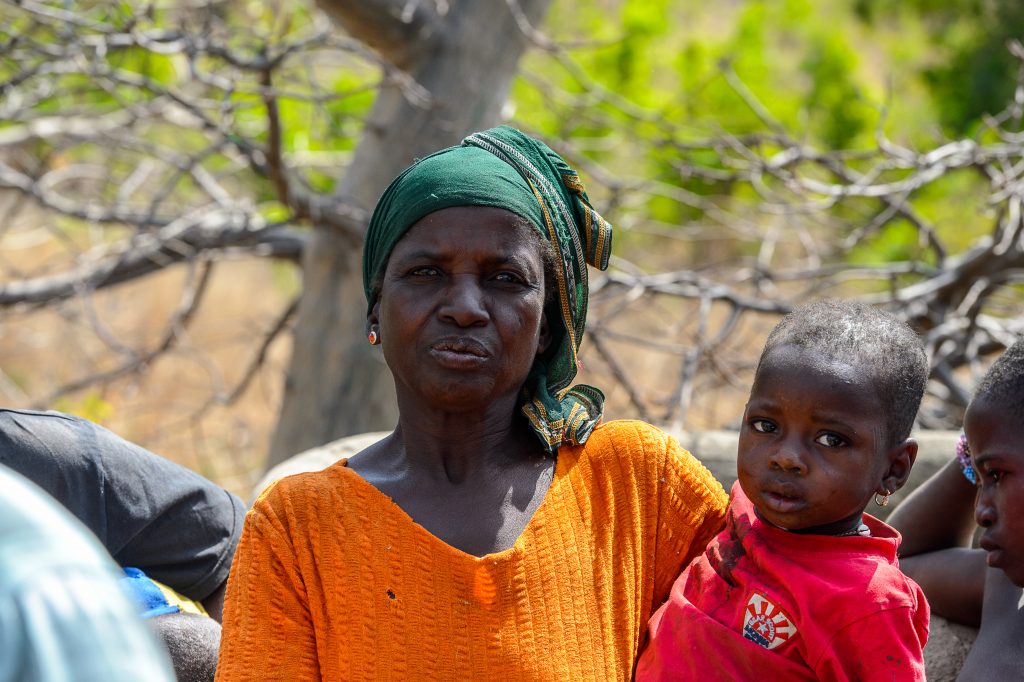
21st Century
2000’s – The number of artisanal mines has been increasing since the 2000s and currently stands at between 700 and 1000. However, only some 261 sites have an artisanal mining permit. It is estimated that between 600,000 and 1.3 million people work in the sector.
2002 – The government introduced a law on pastoralism that guarantees herders “the right of access to pastoral areas, the right of equitable use of natural resources and the mobility of herds”[13] . To support this sector, the government has also created 27 pastoral zones covering thousands of hectares, of which about ten are actually operational.
2011 – Months of unrest, including a mutiny.
2012 – Between 2000 and 2012, it is estimated that domestic and foreign investors obtained 288,044 hectares of land in Burkina Faso. Of these, the bulk (131,442 hectares) was for mining, 43,102 hectares for agribusiness and 113,500 hectares for biofuels.
– Substantial revisions to the 2009 Rural Land Law were adopted in 2012, to the long-standing framework land tenure law, the Réorganisation Agraire et Foncière (RAF)
2014 – President Compaore steps aside following massive protests against plans to extend his rule. A transitional government takes charge.
2015 – Acting President Kafando faces down a coup attempt by presidential guard allies of Blaise Compaore. In November, former Prime Minister Roch Marc Christian Kabore won the presidential election.
2020 – Burkinabe government is making significant efforts to promote women’s access to irrigated plots. In 2020, the government allocated 45.94% of the new developed areas to women, thus exceeding its target of 30% . In addition, the government seeks to promote women’s access to agricultural inputs and equipment. A study reveals that these policies have positive effects and contribute to “food security, economic growth and improved living conditions for women”.
June 2021 -At least 160 people were killed in an artisanal gold mine in the village of Solhan, claimed by JNIM (an al Qaeda-affiliated Salafi-jihadist insurgent organization) Four months later, 53 gendarmerie and three civilians were killed.
23 January 2022 – a coup d’état, initiated by military leaders (similar to Mali and other West African countries) overthrows the president of the country, Roch Marc Christian Kaboré. The coup d’état was based on the increased Islamic insurgency and increased insecurity and the president’s inability to handle the situation. ECOWAS and the African Union have, due to the coup, suspended Burkina Faso’s membership. Paul-Henri Sandaogo Damiba has been appointed interim president.
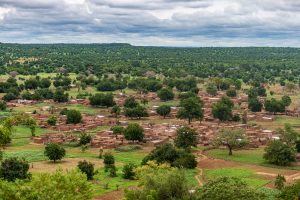
International obligations
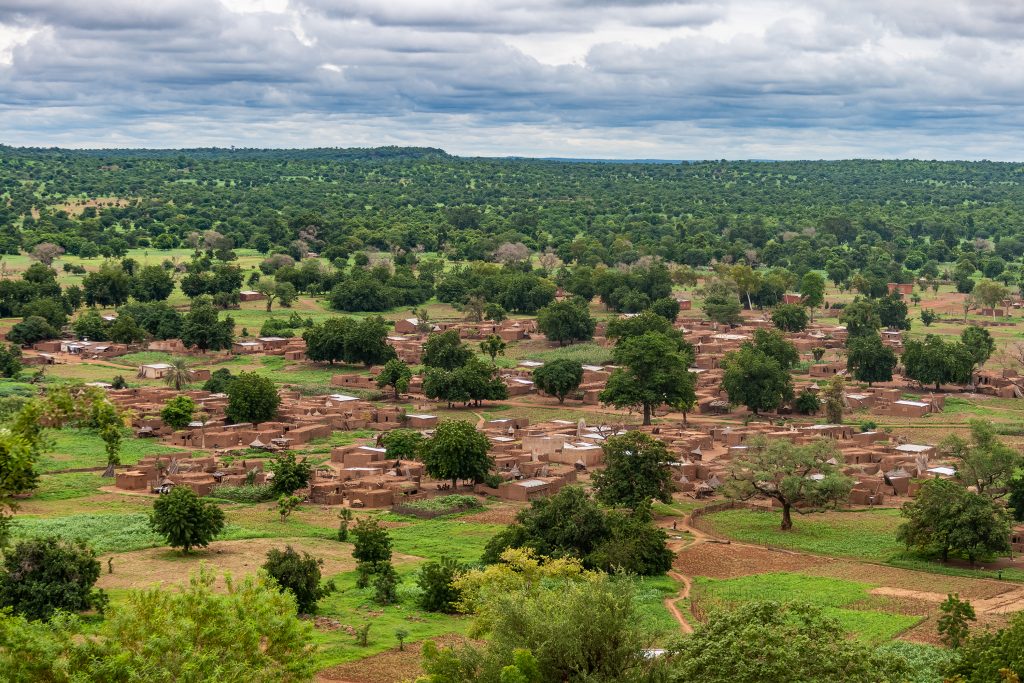
International obligations
2016 – A Model Law was developed in collaboration with over 500 defenders from every region by the International Service for Human Rights (ISHR) over a three year period. It was settled and adopted by 28 of the world’s leading human rights experts and jurists.
2017 – Law N° 039-2017/AN, on the Protection of Human Rights Defenders
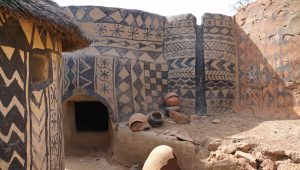
Prehistory
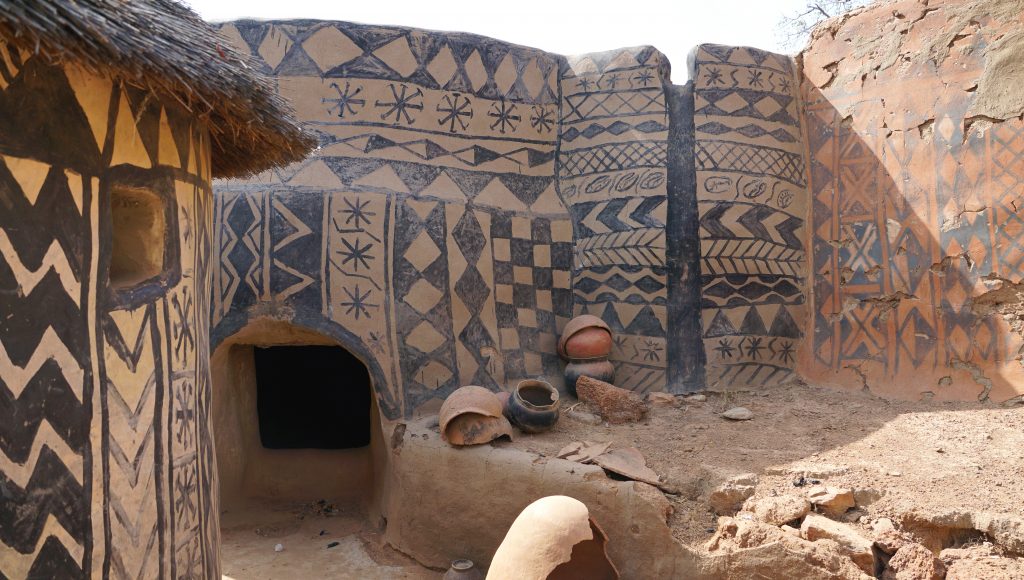
Prehistory
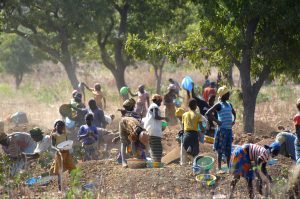
15th century - early 20th century
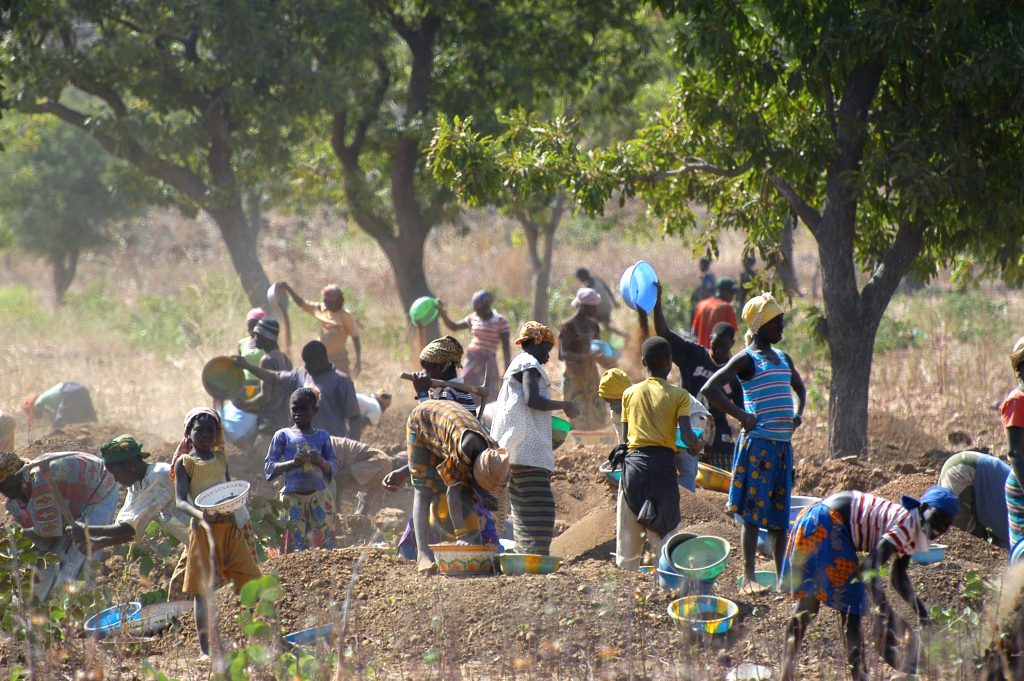
15th century - early 20th century
15th Century – Burkina Faso has a long tradition of artisanal gold panning, which began even before colonisation, at least since the 15th century.
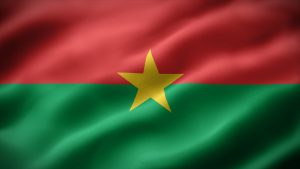
Late 20th Century
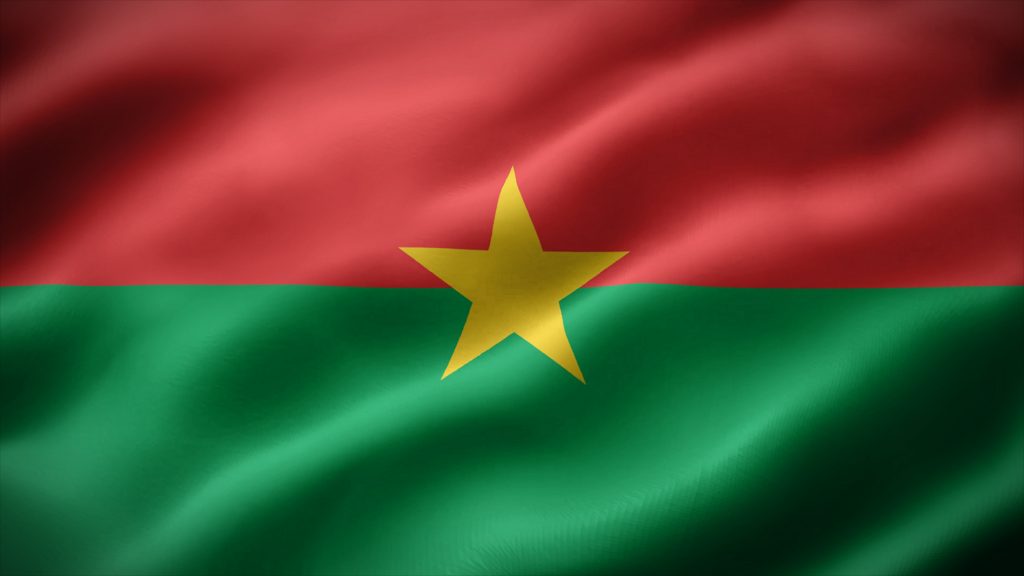
Late 20th Century
1960 – Upper Volta gains independence under Mossi ruled party, with Maurice Yameogo as president
1966 – Maurice Yameogo is overthrown by Sangoule Lamizana, who takes over as president
1980 – President Lamizana is ousted in a coup led by Saye Zerbo, who is then overthrown two years later by Jean-Baptiste Ouedraogo, resulting in a period of conflict, unrest and power struggles.
1983 – Captain Thomas Sankara seizes power and adopts radical left-wing policies
1984 – Upper Volta renamed Burkina Faso which means “land of honest men”
1987 – Blaise Compaore assumes power as he overthrows and kills Captain Thomas Sankara
1990 – Blaise Compaore goes on to rule and stays in power for 27 years
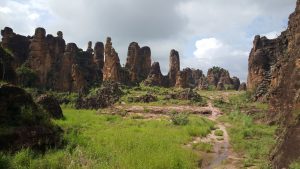
Conventions & new constitutions
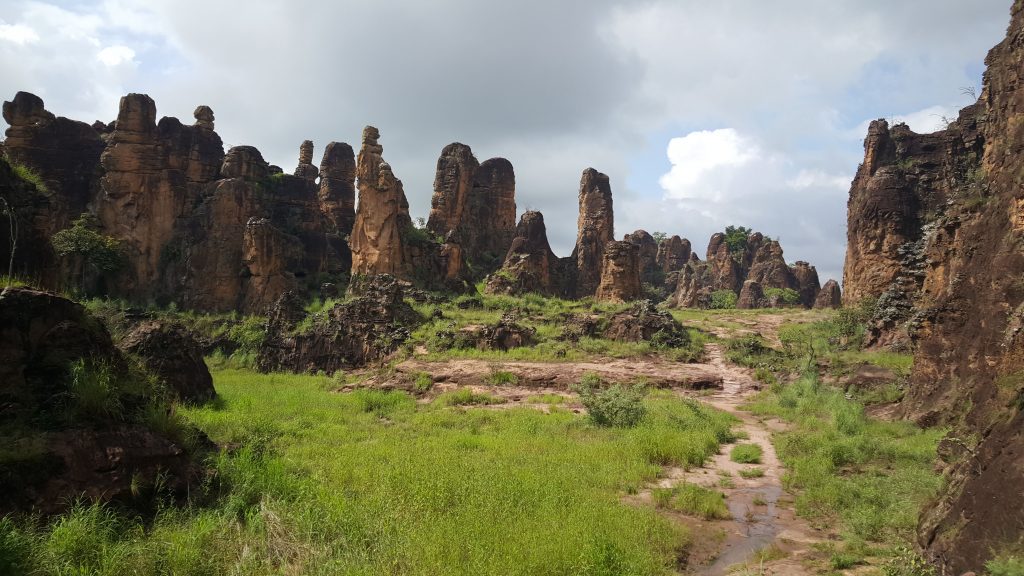
Conventions & new constitutions
1984: Promulgation of Ordinance No.o 84-050/CNR/PRES of 4 August 1984 on agrarian and land reorganization in Burkina Faso.
The law establishes the State as the eminent owner of the land following the Sankarist revolution.
2002: Law no 034-2002/AN of 14 November 2002 on the orientation law relating to pastoralism
This law aims to secure the practice of pastoralism in Burkina Faso.
2009: Adoption of Law No.o 034-2009/AN of 16 June 2009 on rural land tenure in Burkina Faso
This law aims to recognize and formalize customary land rights.
2012: Adoption of Law No.o 034-2012/AN of 2 July 2012 on agrarian and land reorganization in Burkina Faso
This law establishes a land domain for municipalities and individuals. The State is therefore no longer the sole holder of the national land estate.
2015 : Adoption of the Law n° 036-2015/CNT on the mining code of Burkina Faso
This law revises the previous mining codes in order to increase the profits from industrial gold mining.